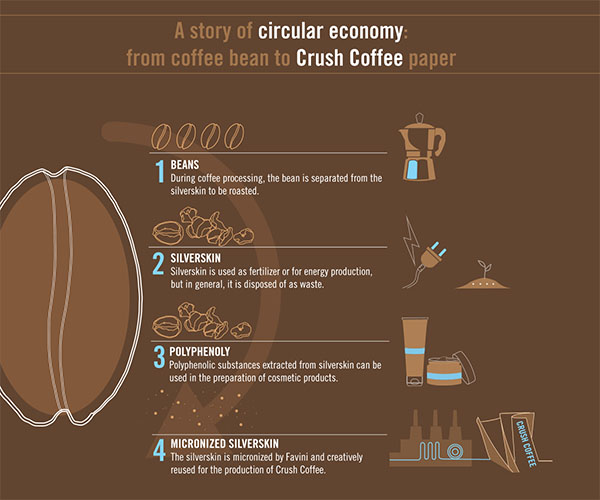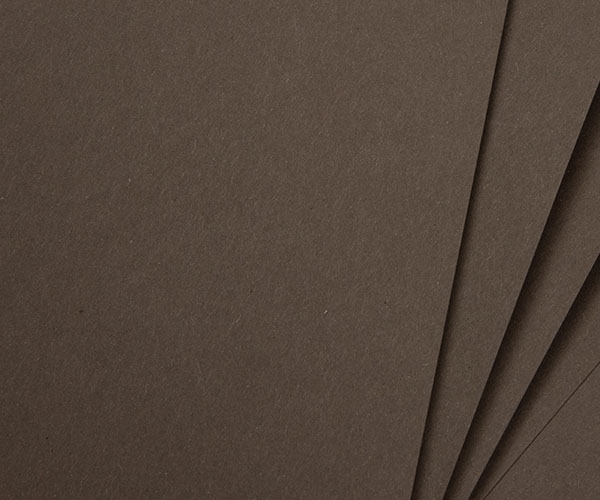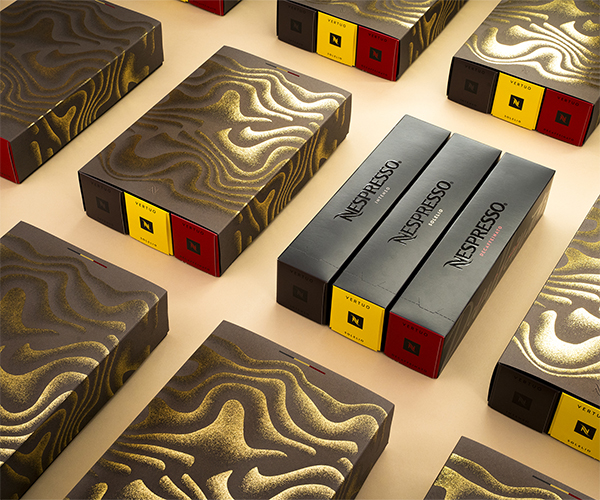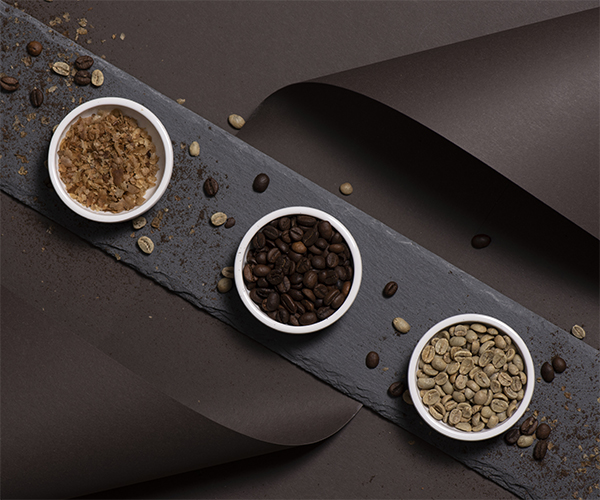Our Crush Story continues, dedicated to the alternative ingredients which are used to produce Crush and which follow the principles of the circular economy. Today we tell the life cycle of coffee and the industrial symbiosis created to gain value from the silverskin, one of the coffee processing wastes destined for landfill.
Industrial symbiosis is a subset of industrial ecology, it describes how a network of diverse organizations can foster eco-innovation and long-term culture change. In which they create and share mutually profitable transactions – and improve business and technical processes in order to maximize the reuse of resources normally considered waste. These resources include material resources (waste and products), energy, services and skills. [1]
The coffee market is one of the most buoyant in the world with an annual consumption at around 9.5 million tonnes (2017 data). Just in Italy, each person consumes an average of 3.4 kg per year and as a country is the fourth largest importer worldwide.
The different phases of coffee processing generate a variety of types as well as a considerable quantity of waste, including 7,500 tonnes per year in Italy of type known as silverskin. The presence of these residual materials which represent a problem for producers, can now become an opportunity for the economy and the environment. How?
Let’s find out together through the coffee life cycle, from bean to Crush Coffee paper.
Crush Coffee Story: a story of industrial symbiosis from coffee to paper

Coffee processing involves different phases that generate a large volume of residue: remnants such as the pericarp to the parchment and from the silverskin to the extraction residues. They are all by-products that could be used for different purposes, instead of being disposed and becoming a waste issue for coffee producers.
It is from here that the idea comes of converting a linear process into a circular one: the coffee waste becomes a renewable and natural resource to produce the high quality ecological Crush Coffee paper.
At the start it is the coffee harvesting which is one of the most important phases as it determines the quality of the product. The berries are picked and in the de-fruiting phase, they are separated into fruit and seed. The bean remains protected by a layer of parchment and silverskin.
Then, coffee is washed, dried and brushed to remove the parchment.
Up to this stage, the coffee beans are green and then they are roasted. During this roasting phase the silverskin separates from the coffee bean and it is at this point that it takes on its typical intense brown colour. The roasted bean is then ground and distributed to coffee shops and supermarkets around the world.
Favini has found a way to recover the silverskin and raise this waste material into a valuable raw material for the production of high quality ecological paper Crush Coffee.
The silverskin is micronized and added to the mix of ingredients for paper production, replacing 15% of tree cellulose.


At this point the Crush paper can be used and converted to produce various applications such as luxury packaging and catalogues, brand collateral, labels, invitations and notebooks.
The products, such as Crush Coffee paper, are recyclable: after their use, they enter into the paper and cardboard recycling cycle, an important system to save energy and natural resources that is promoted every year in Italy by Comieco with the occasion of Month of recycling.
The CirCo project to study and reuse the silverskin
Favini continues its research to find alternative uses for coffee by-products. Together with CNR, University of Milan, the cosmetics manufacturer Intercos and Eurac Research, they have launched an integrated research project on industrial biotechnology and bioeconomy and with a particular focus, on the possible reuse of silverskin.
The CirCo – acronym of Circular Coffee – aims to study the possible increase to value of a coffee by- product deriving from roasting, the silverskin.

Continue to follow Crush Story:
- Crush Story: from citrus fruit to paper
- From cherry tree to Crush Cherry paper
- From flower to Crush Lavender
- From corn crop to Crush paper
- From vineyard to Crush Grape
- From nut kernels into Crush paper
- From field to Crush Barley
- From kiwi fruit to the ecological paper Crush
- From olive grove to the ecological paper Crush
- From the bean to Crush Cocoa
- From coconut to paper
Click to discover all about Crush.
[1] Wikipedia “Simbiosi Industriale”


